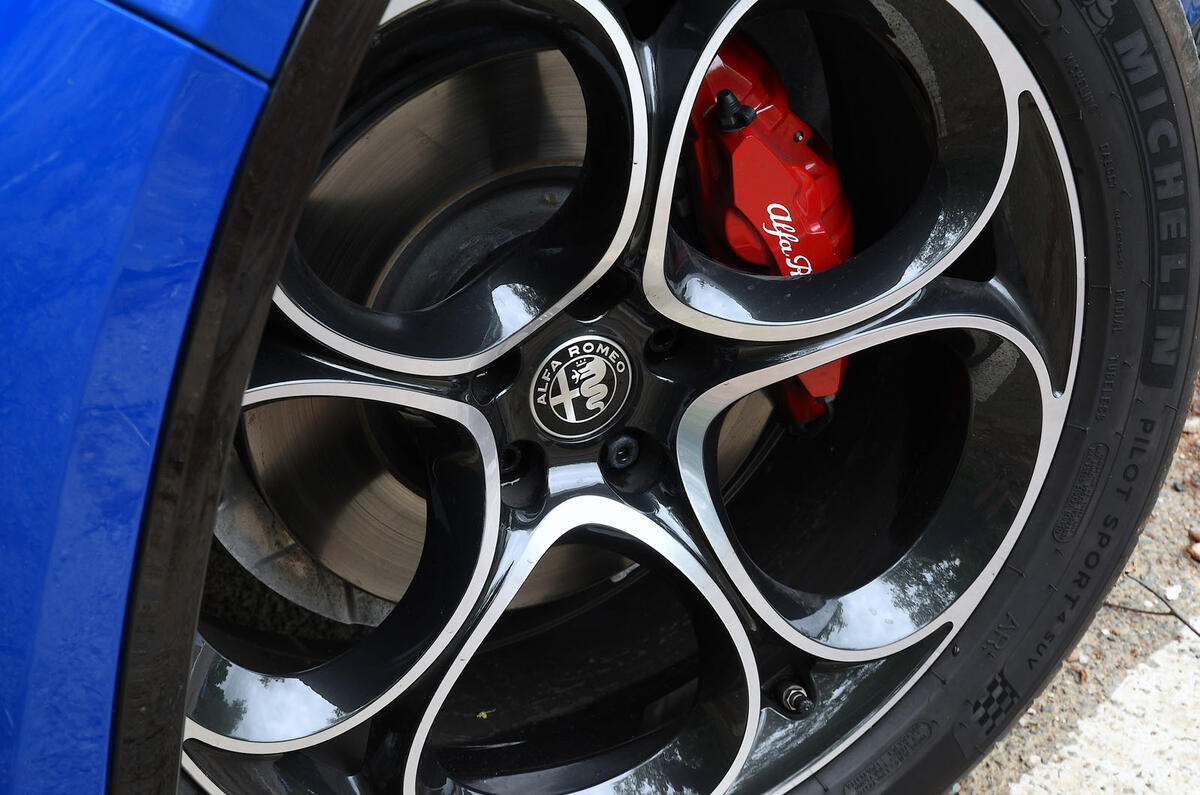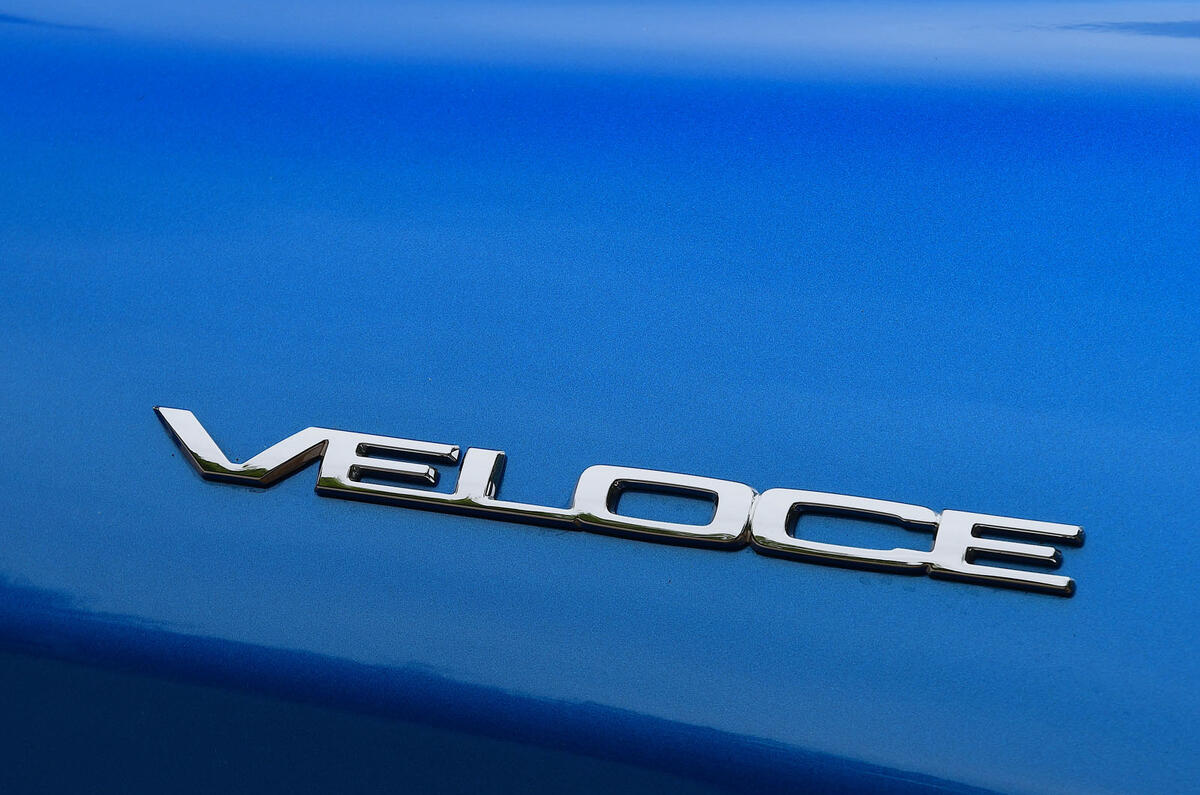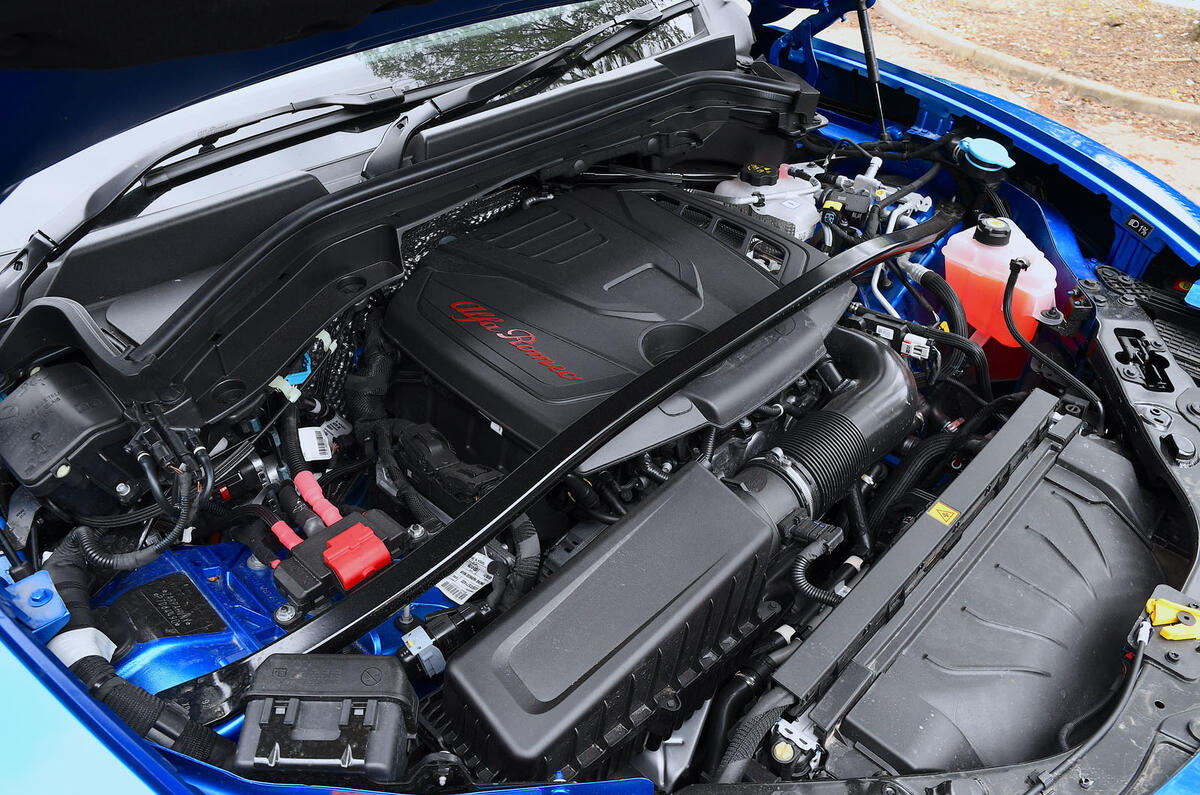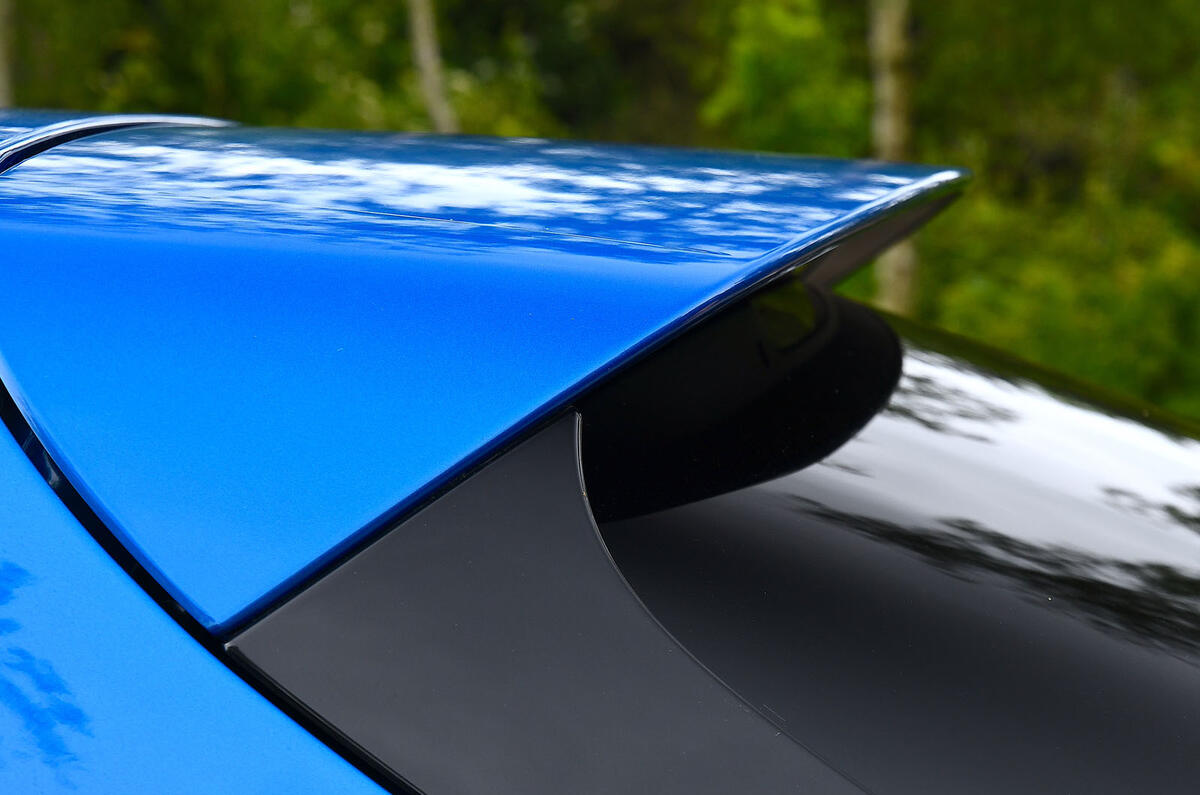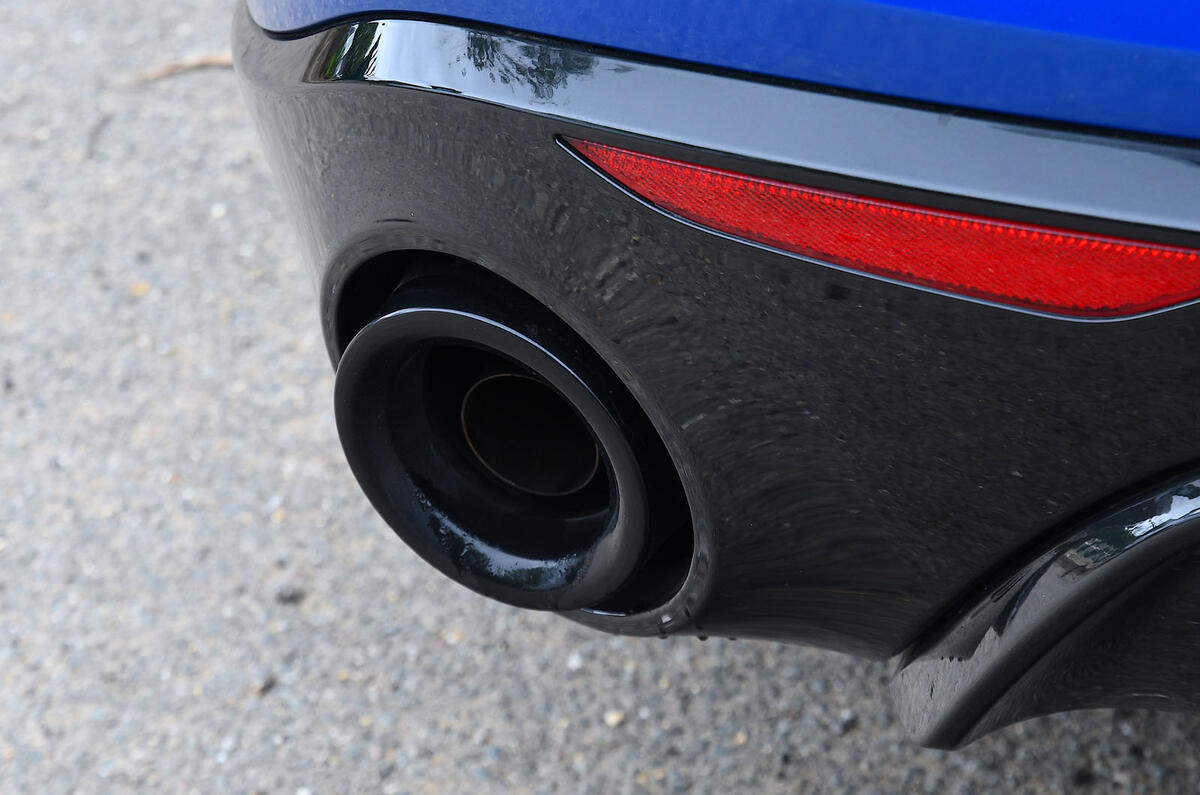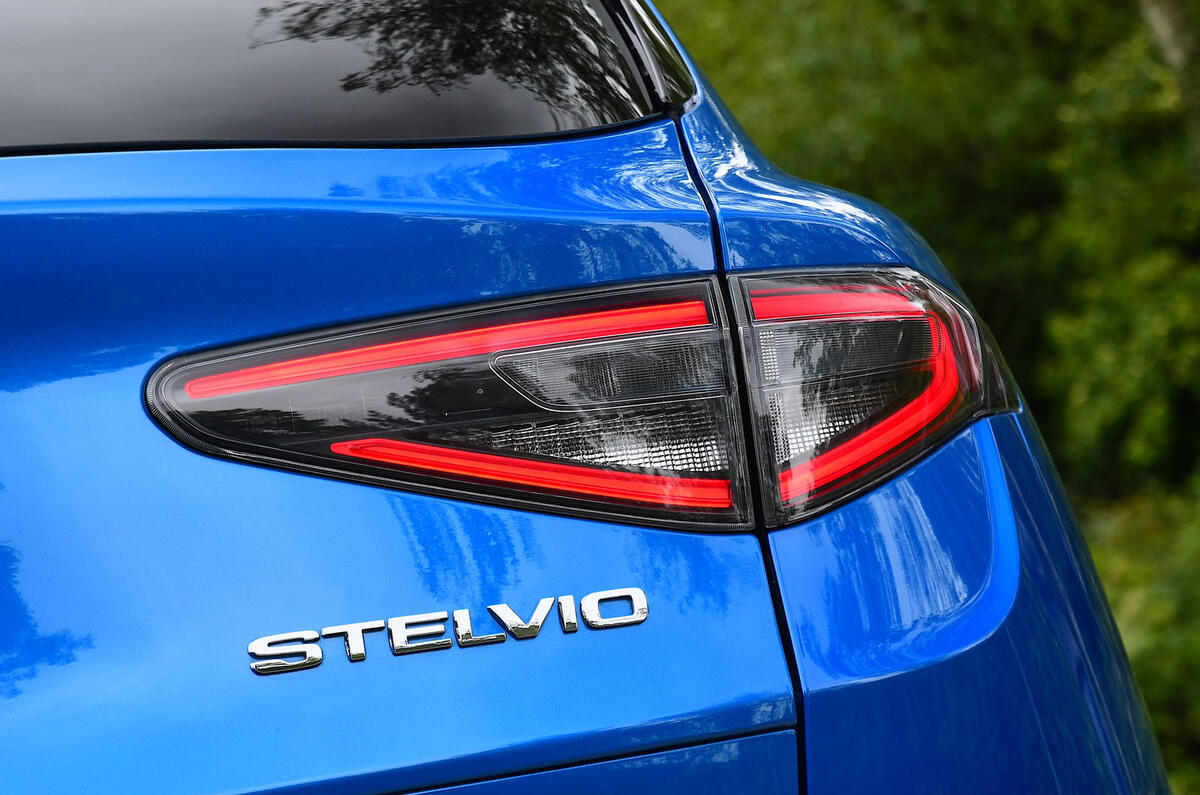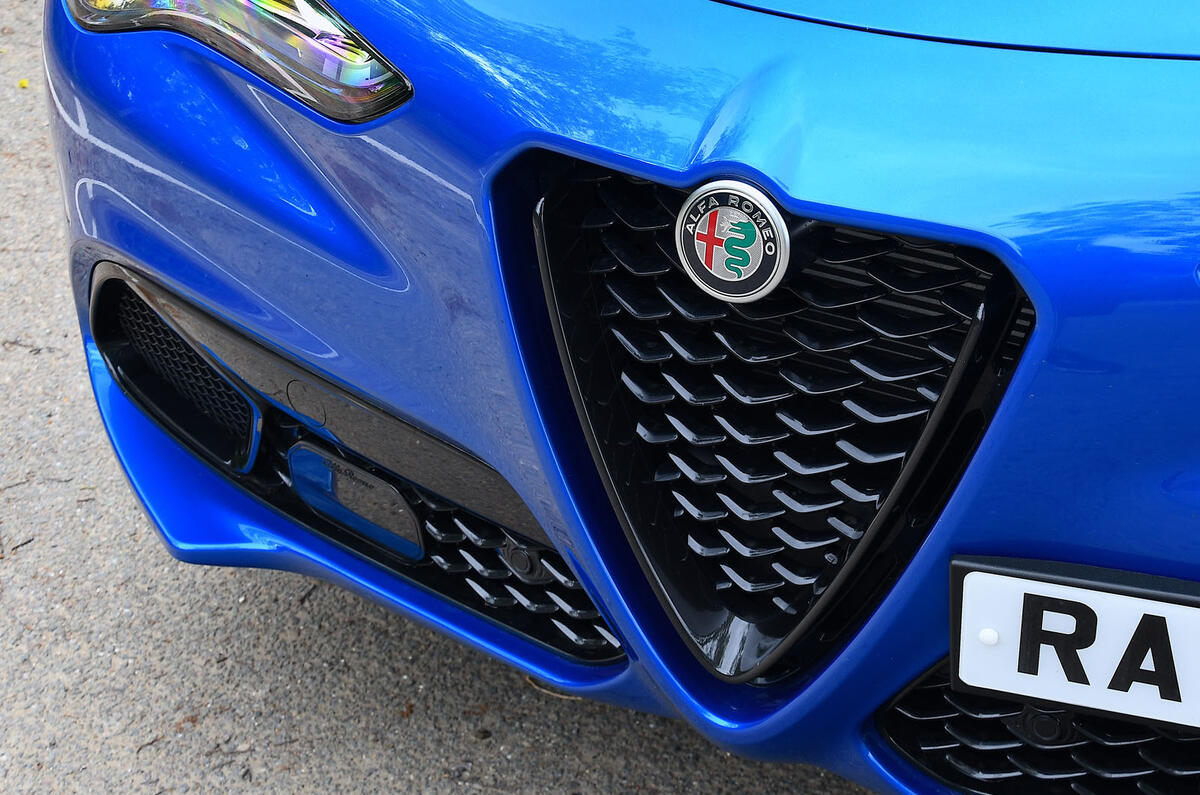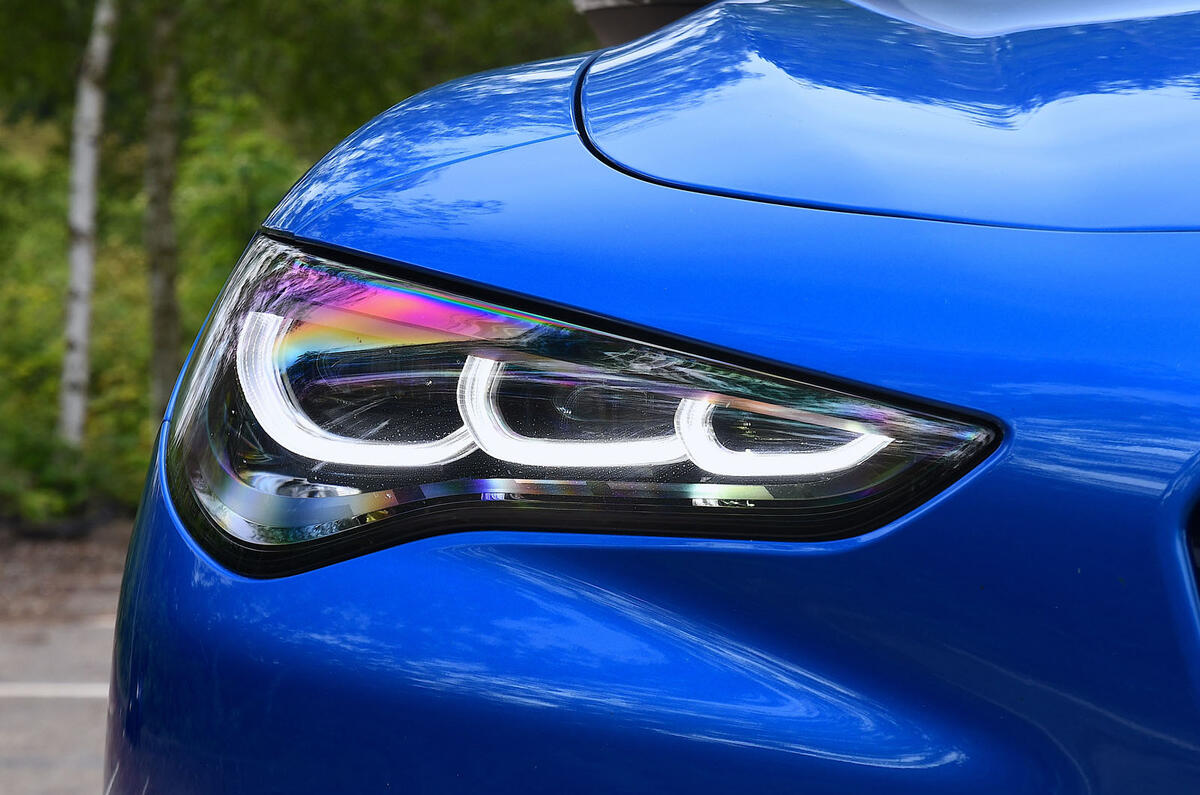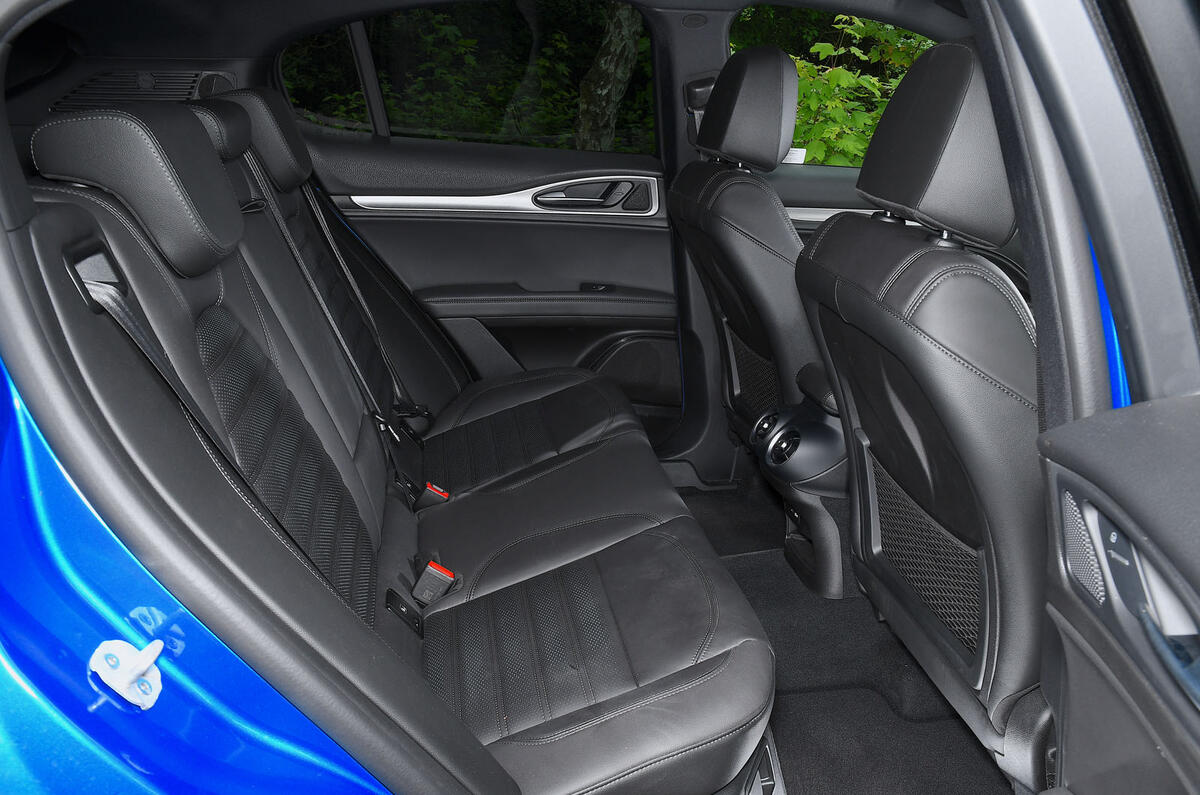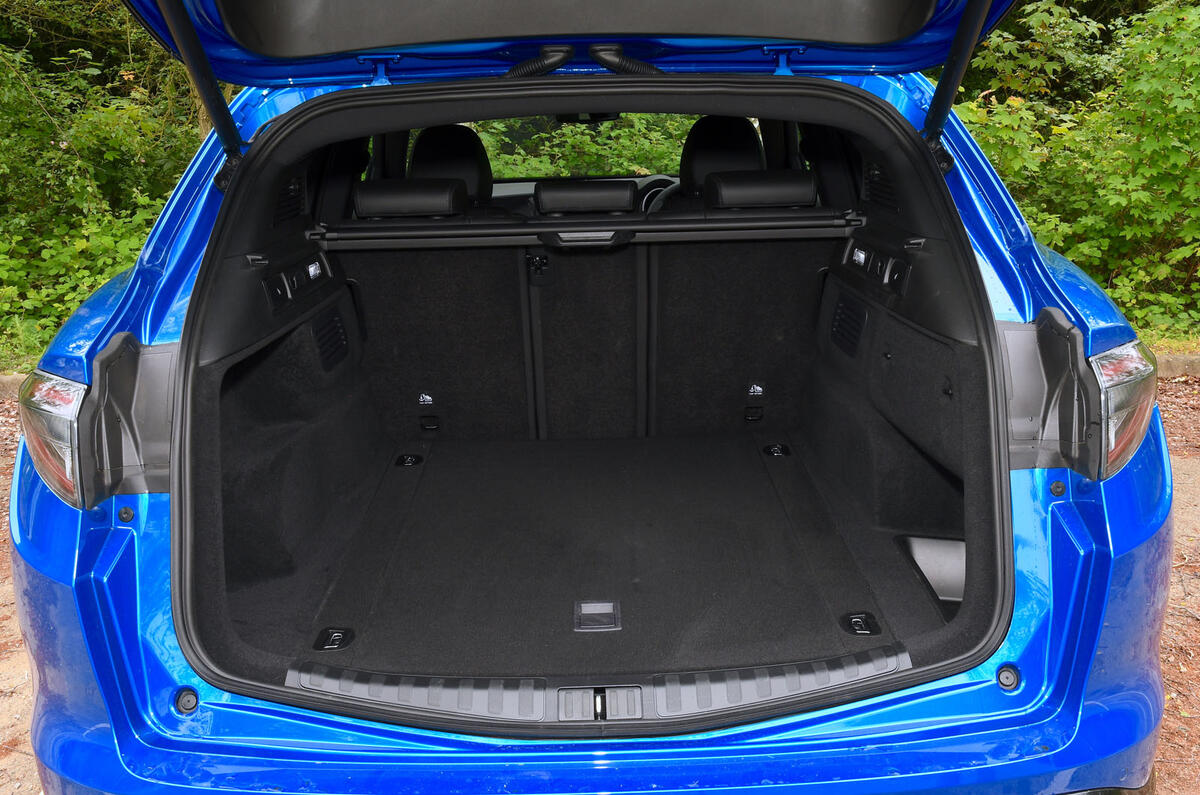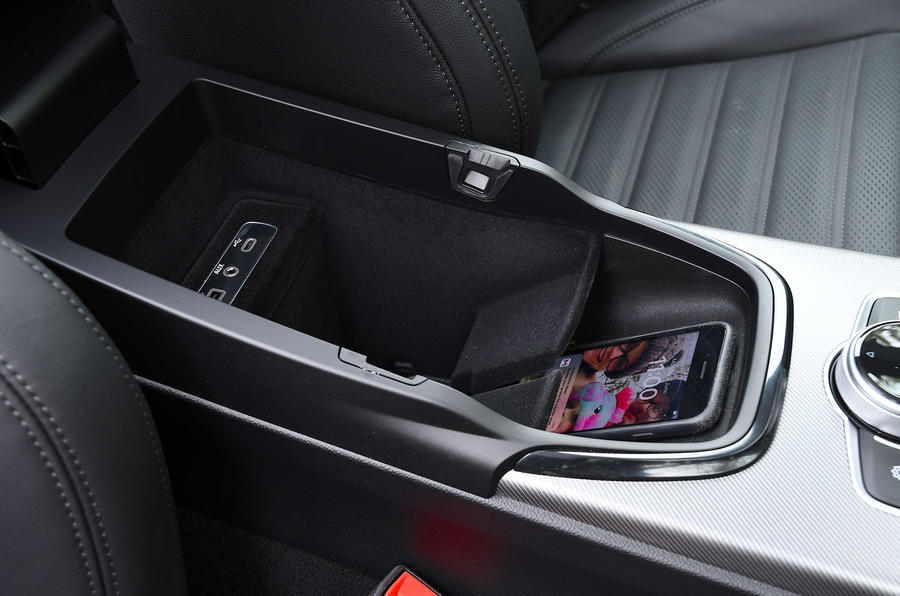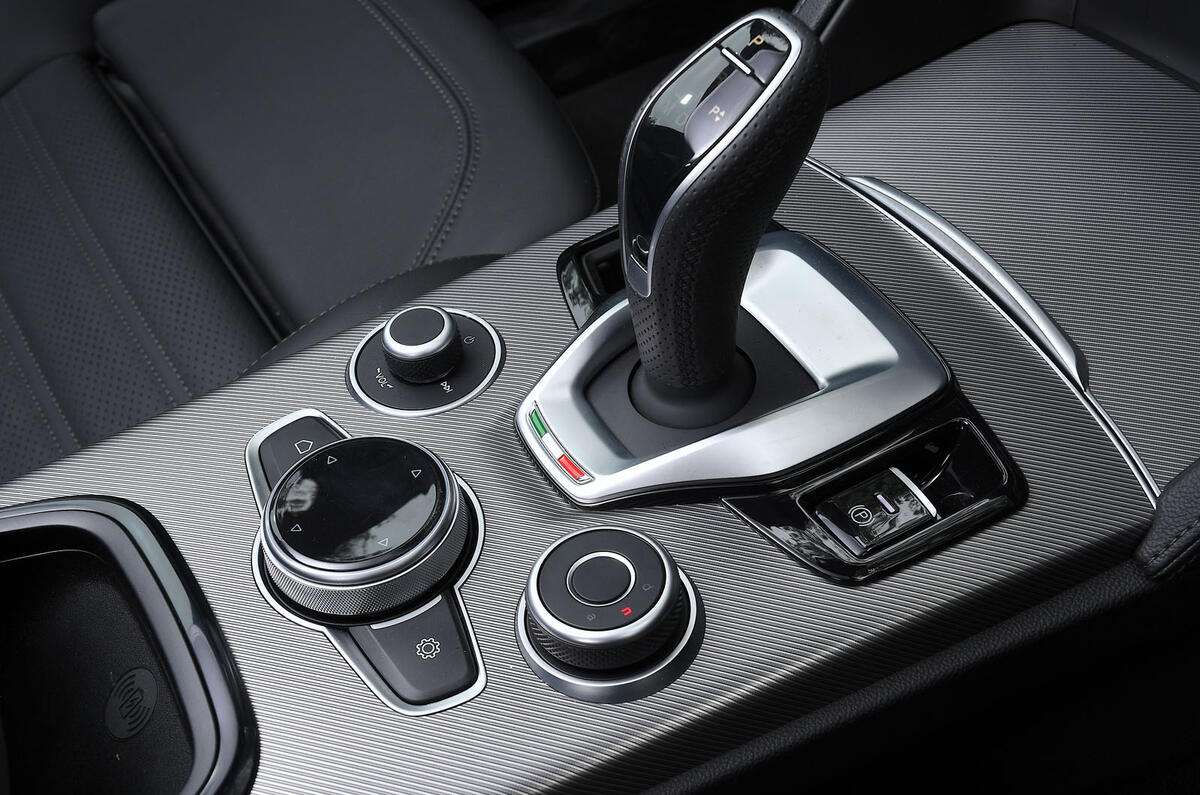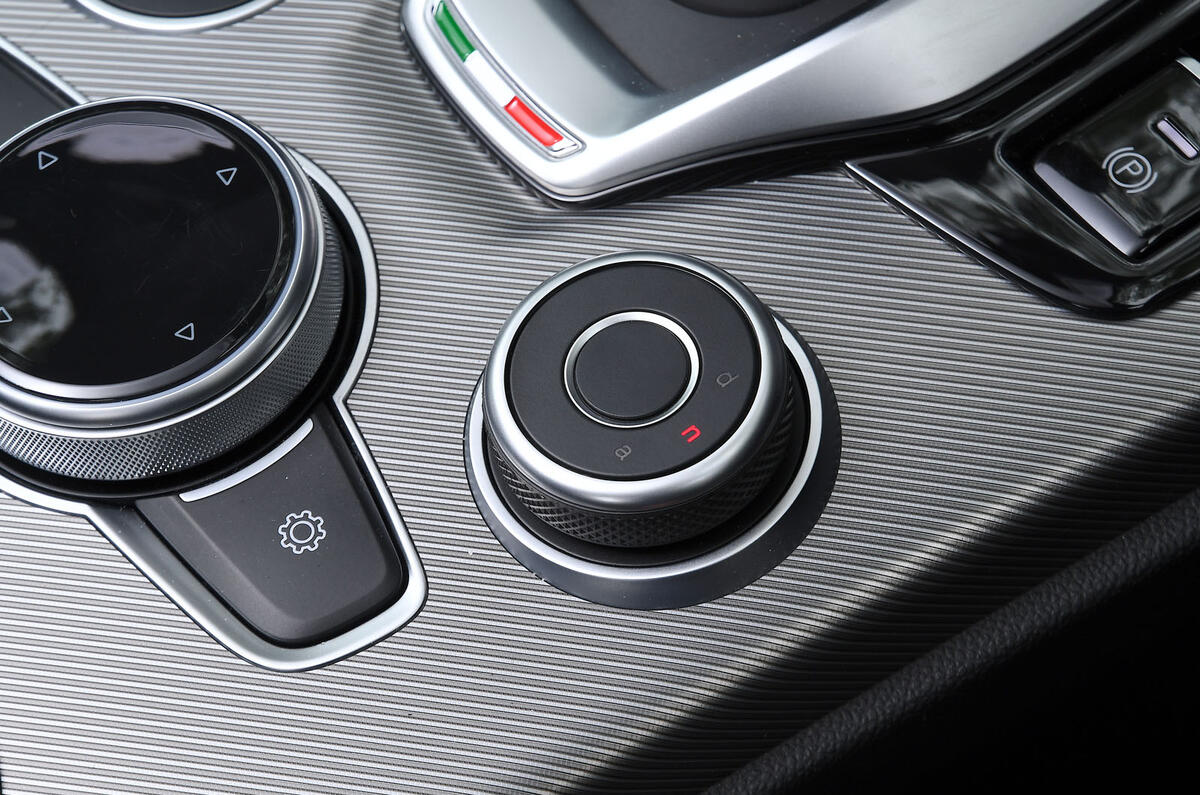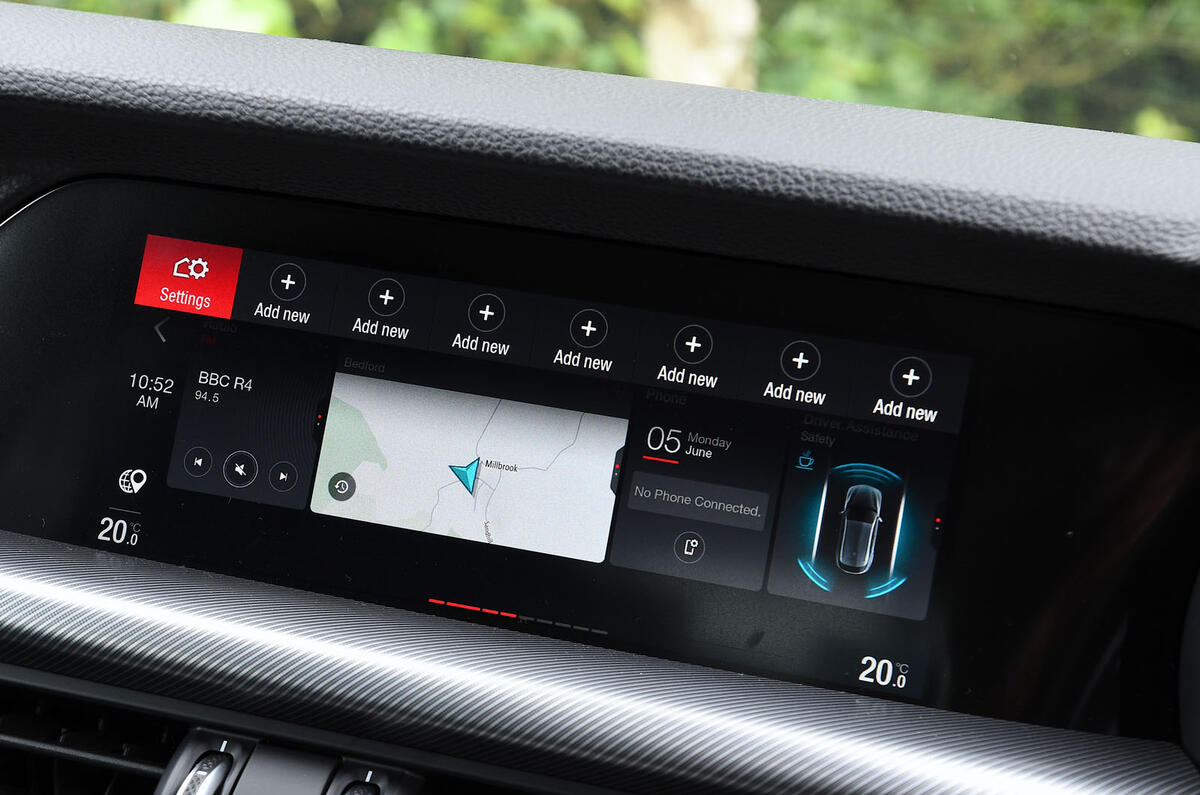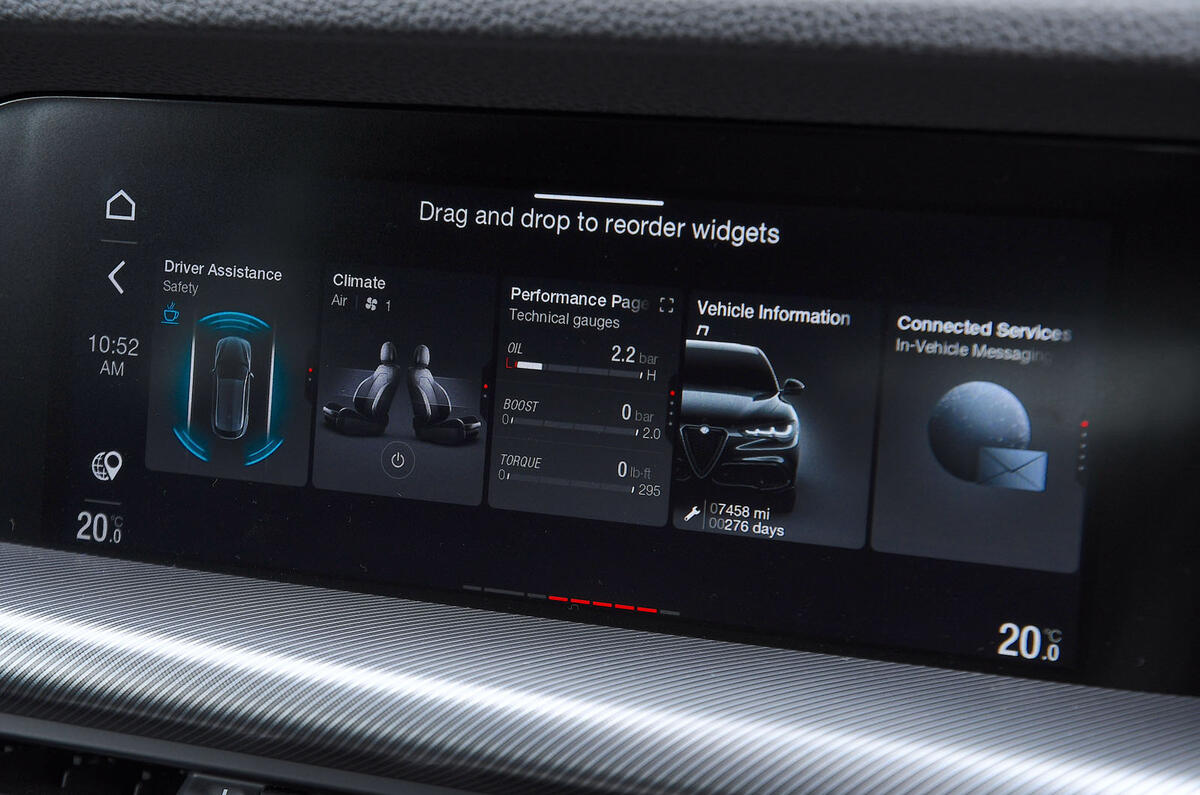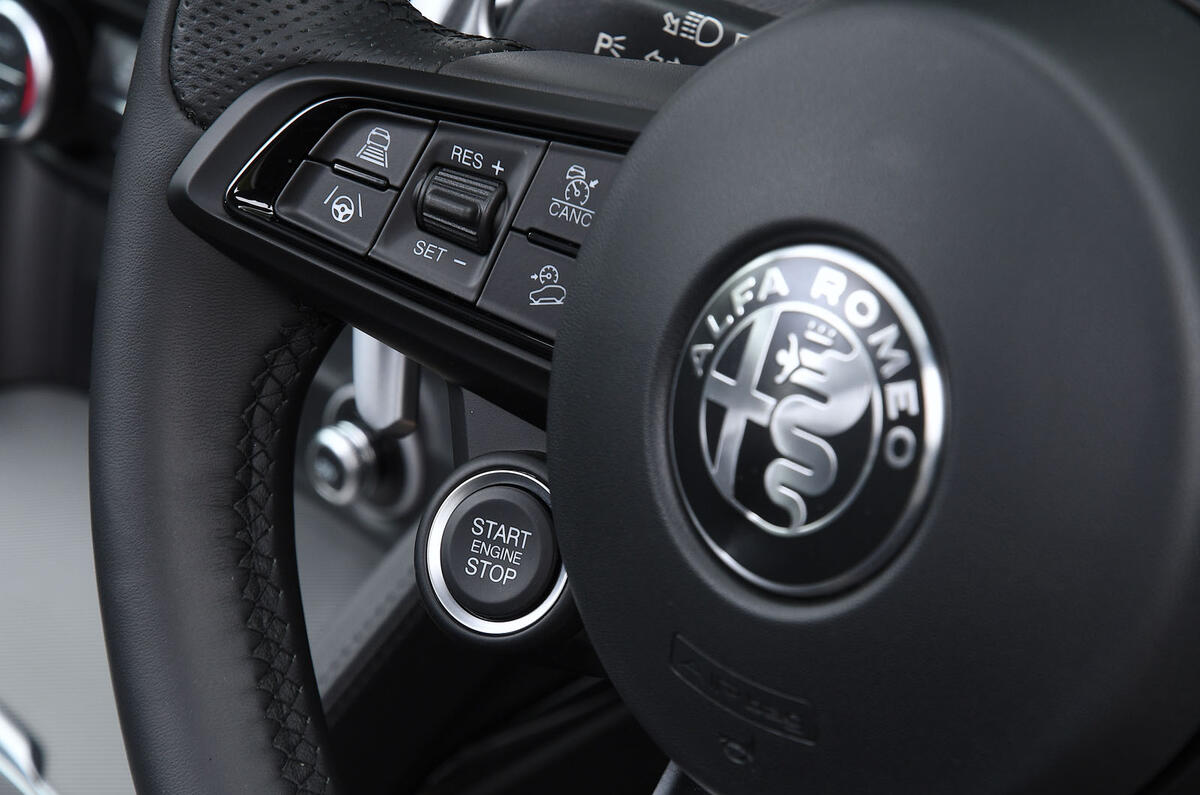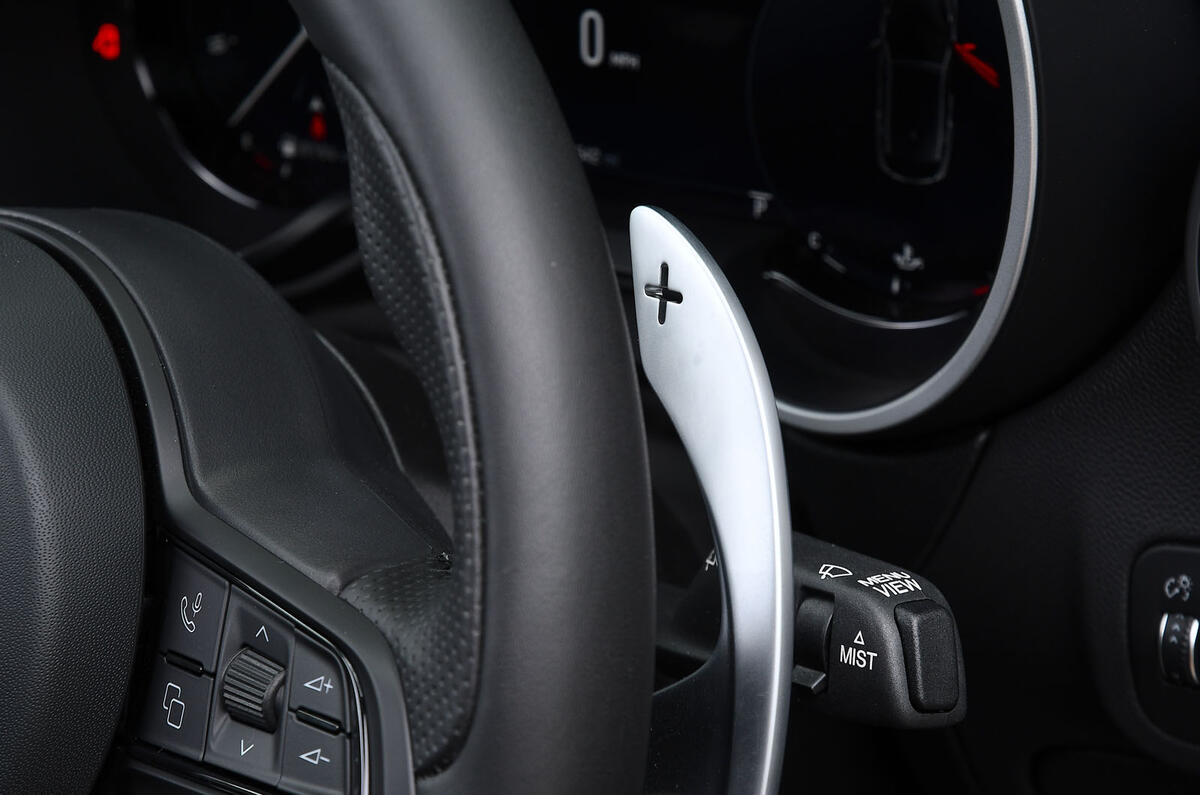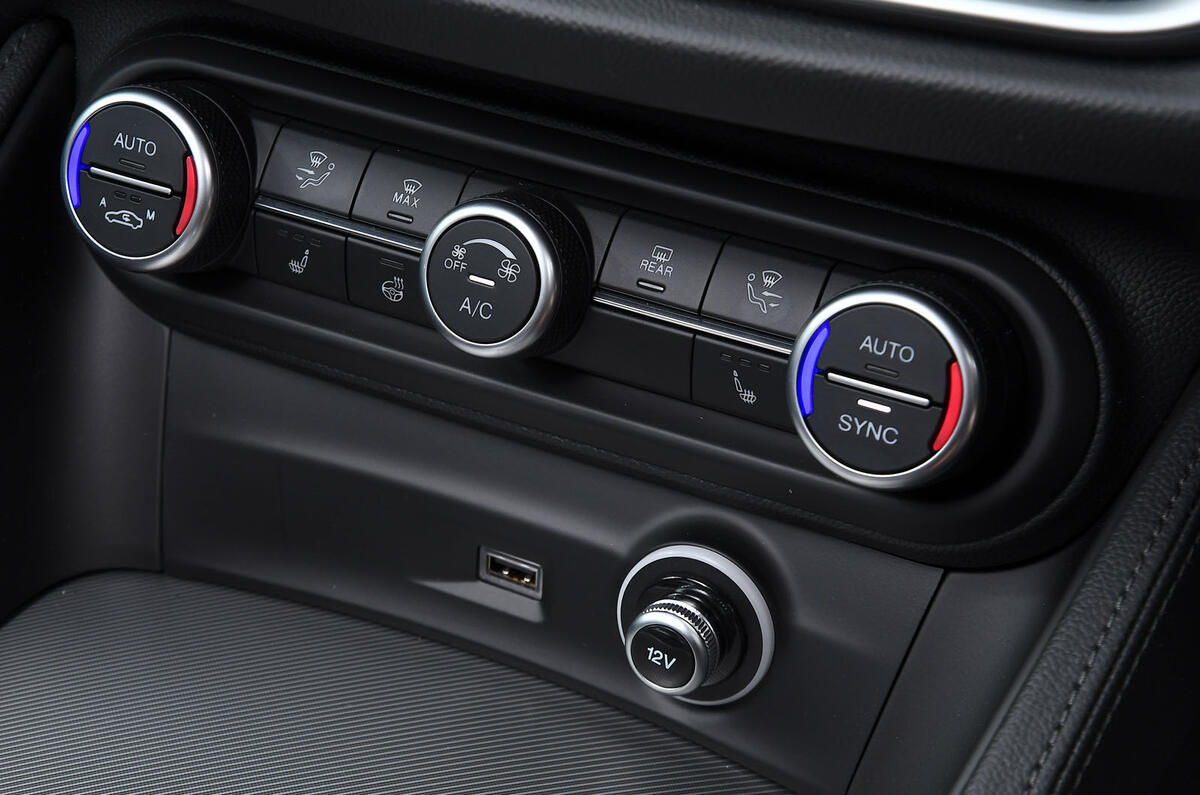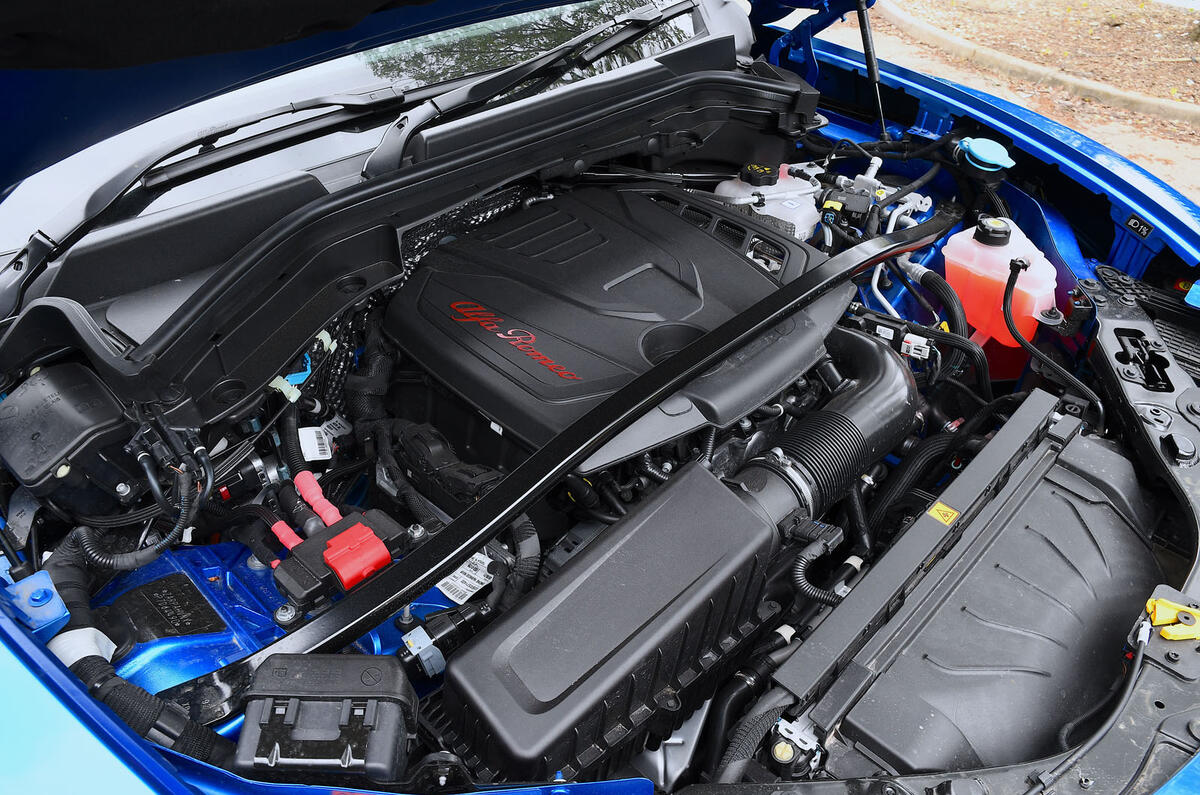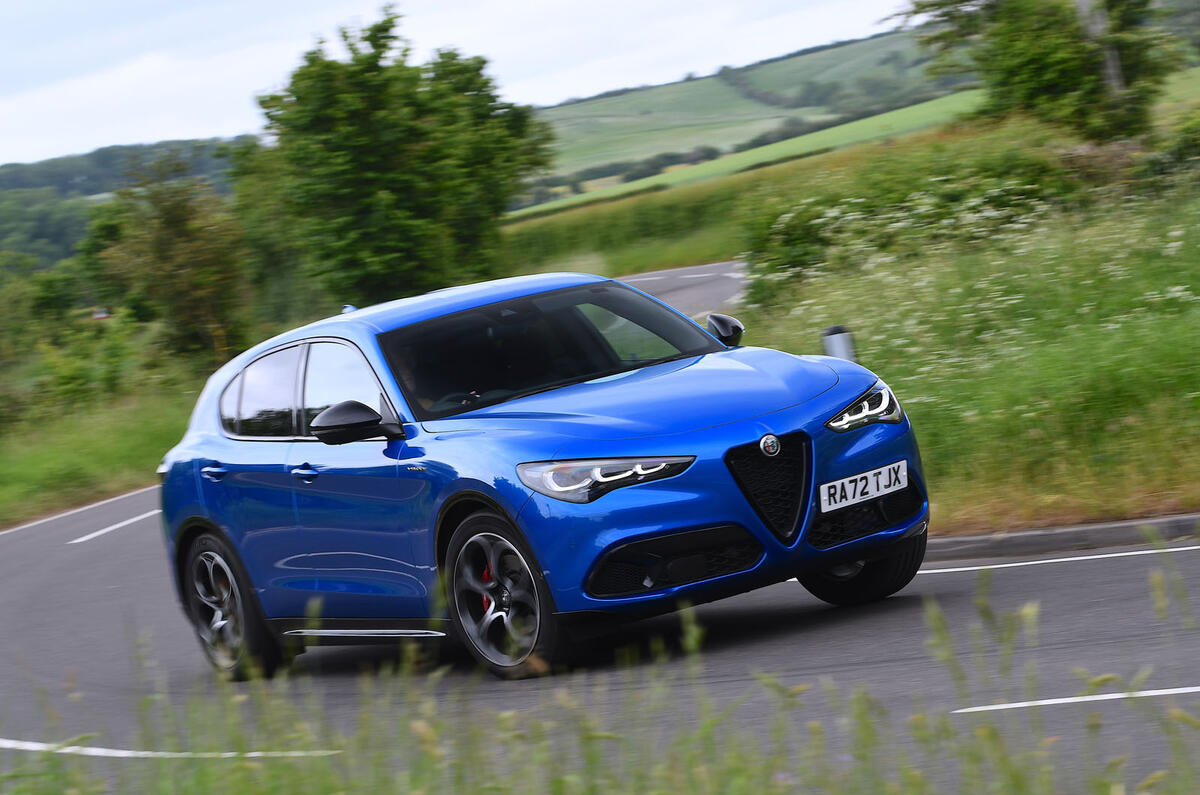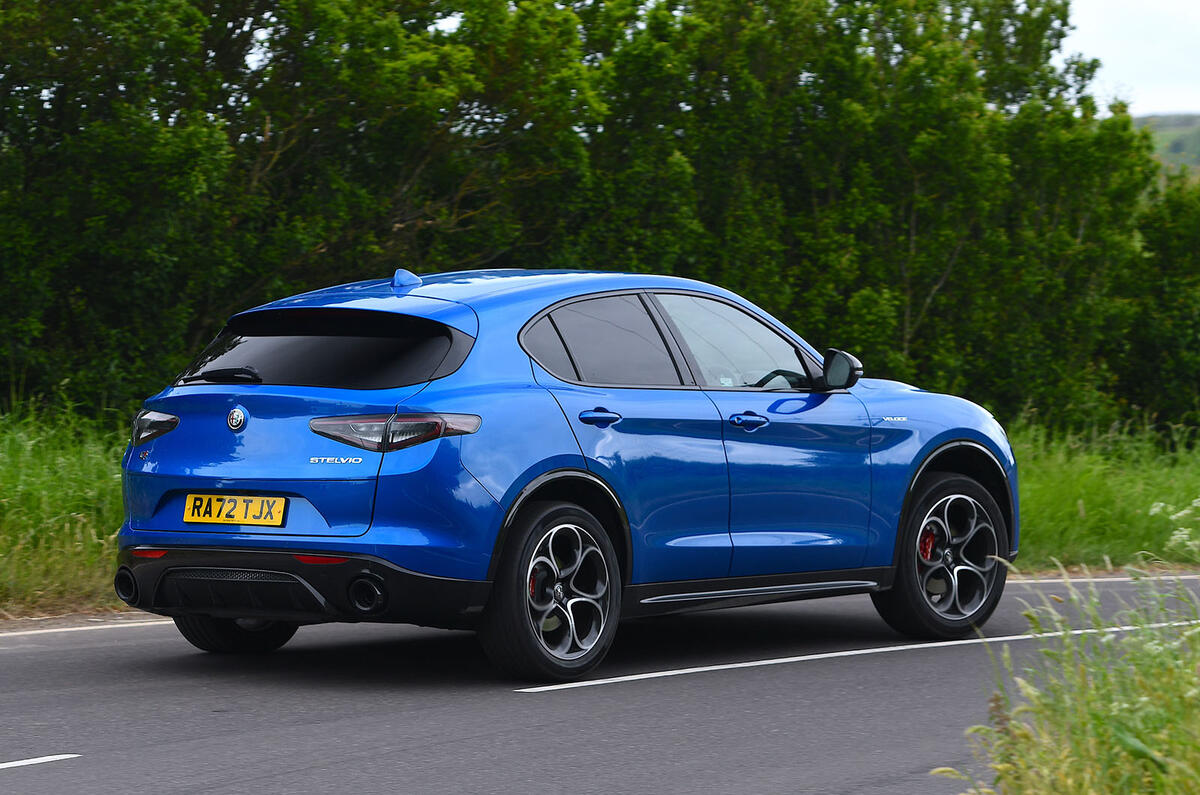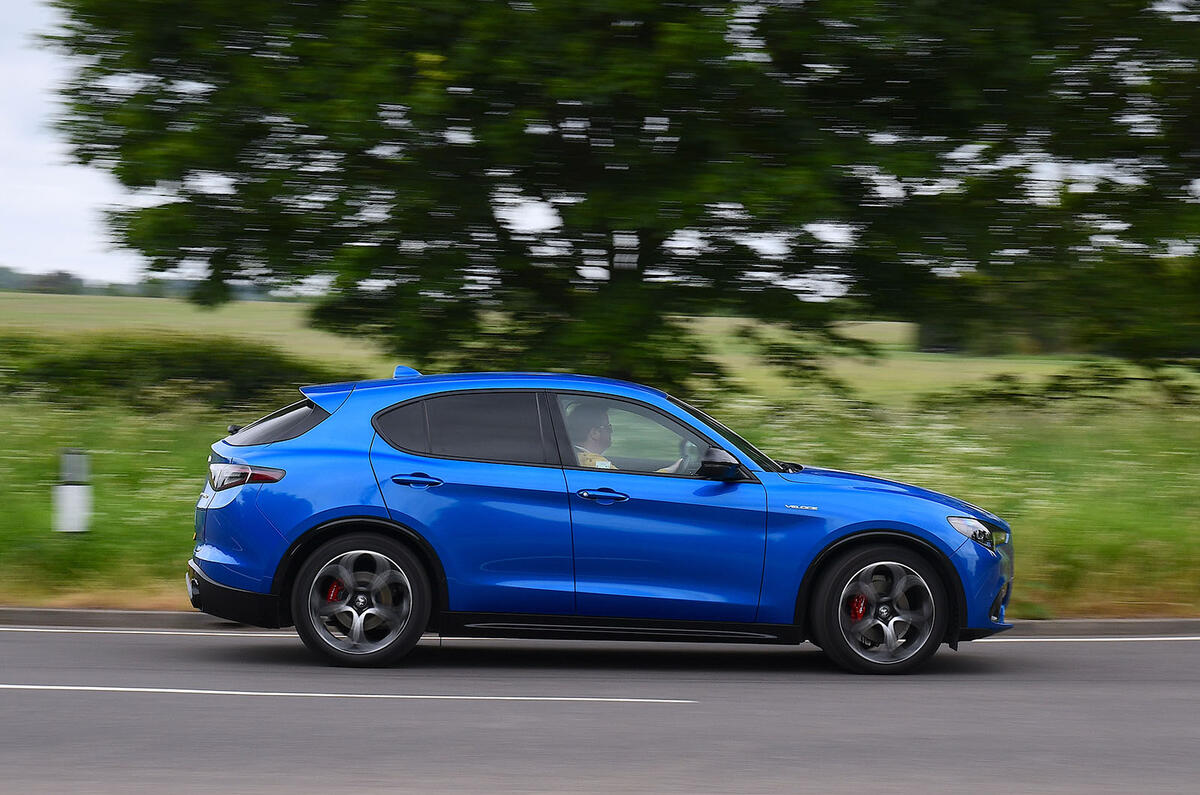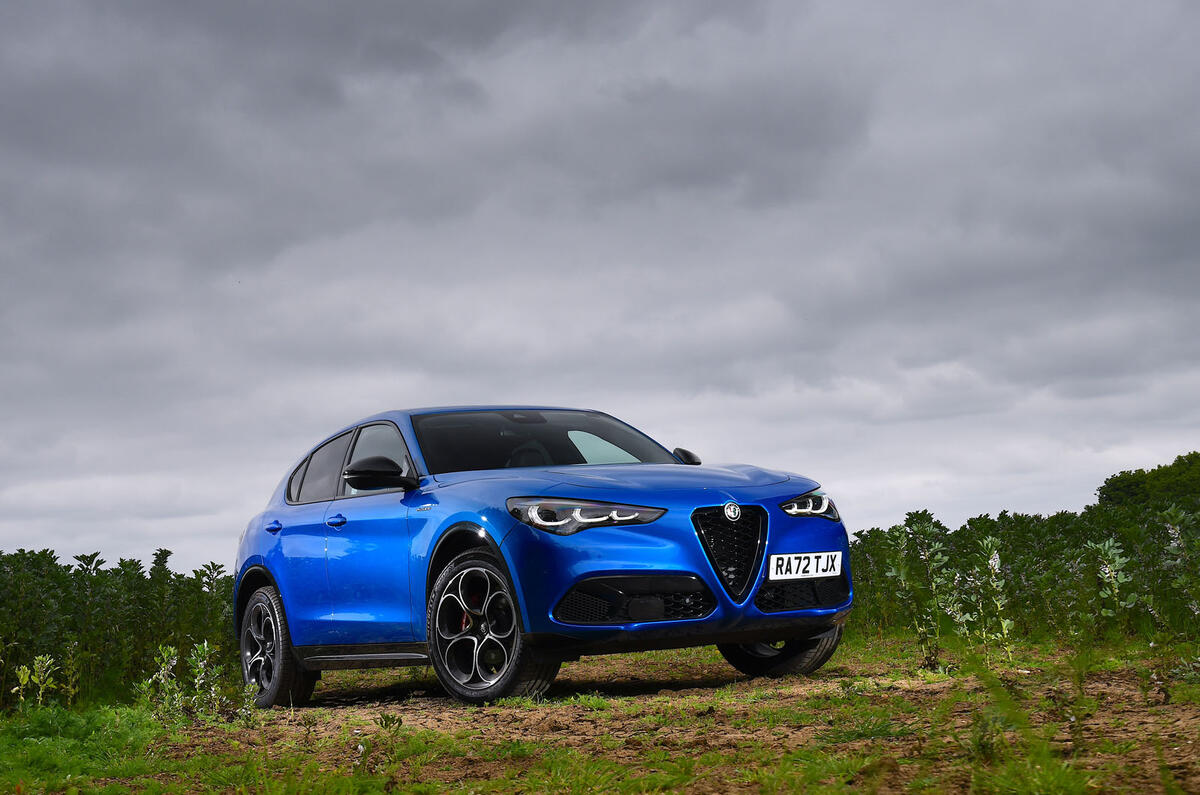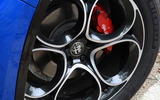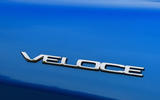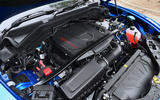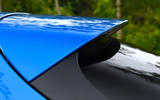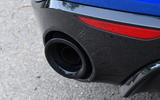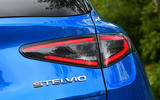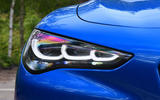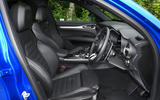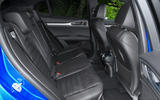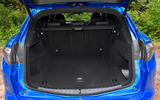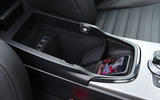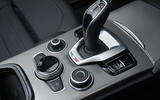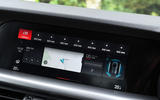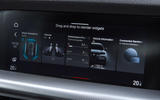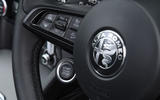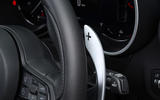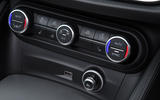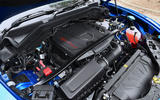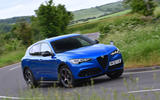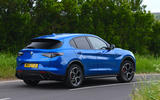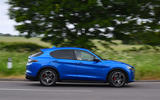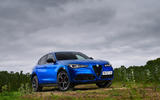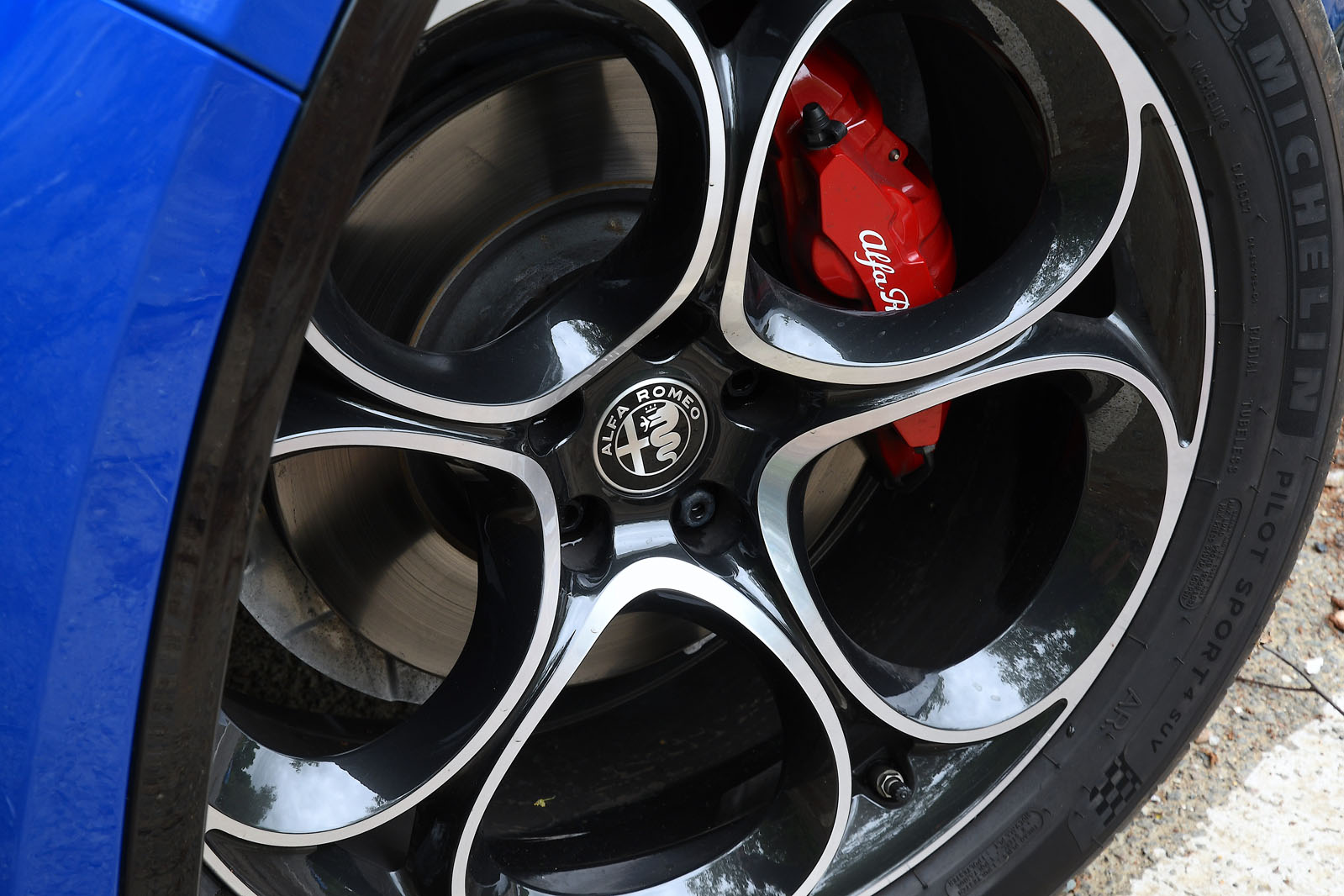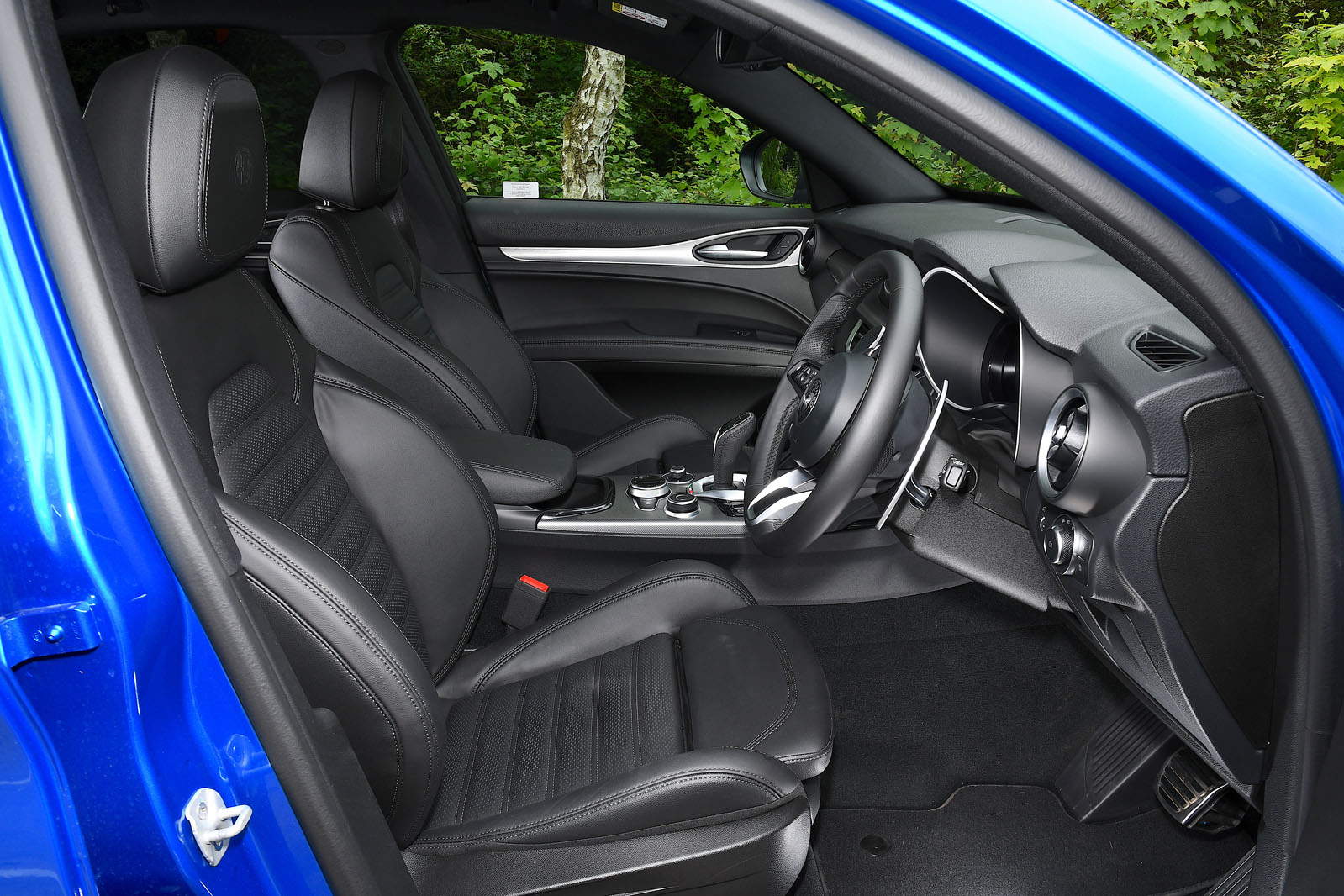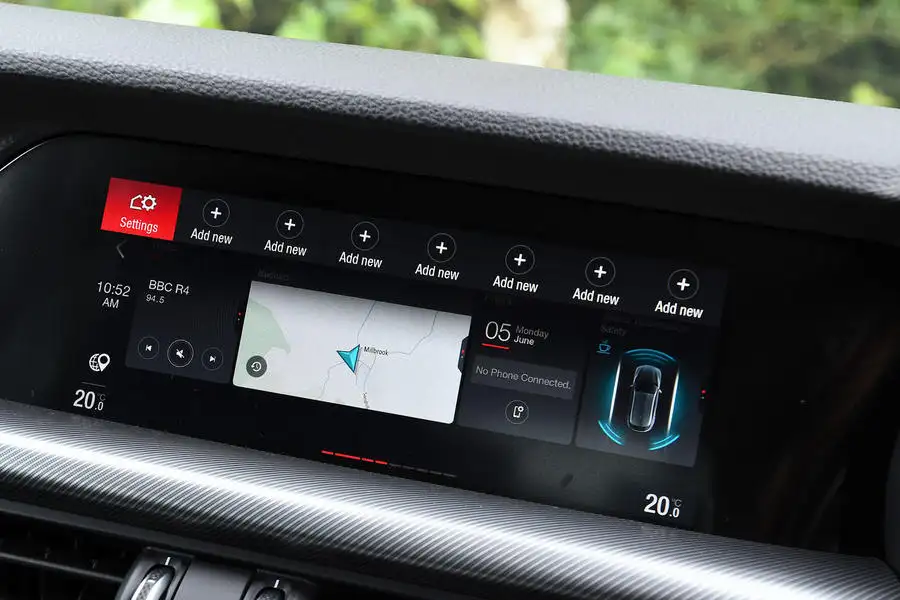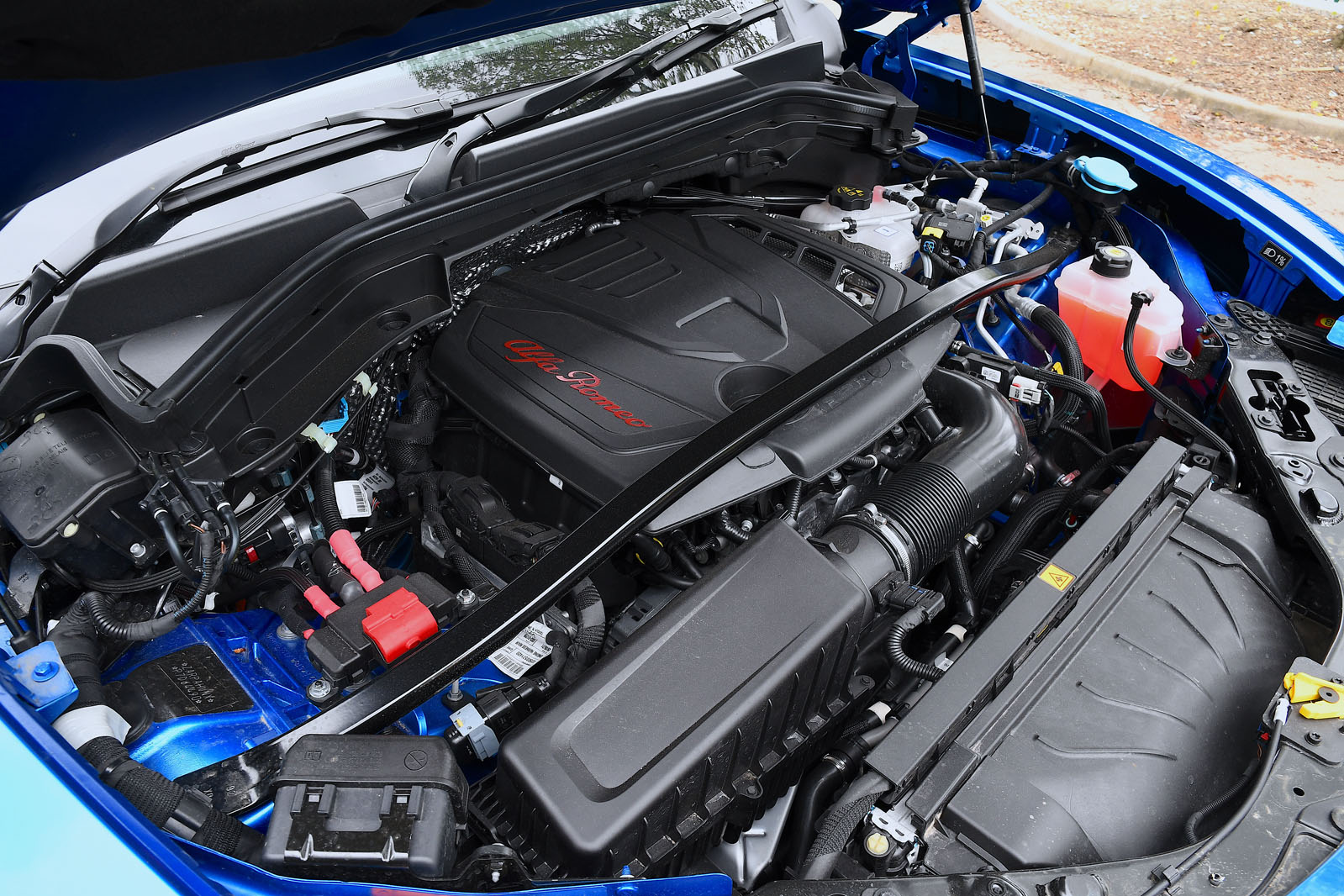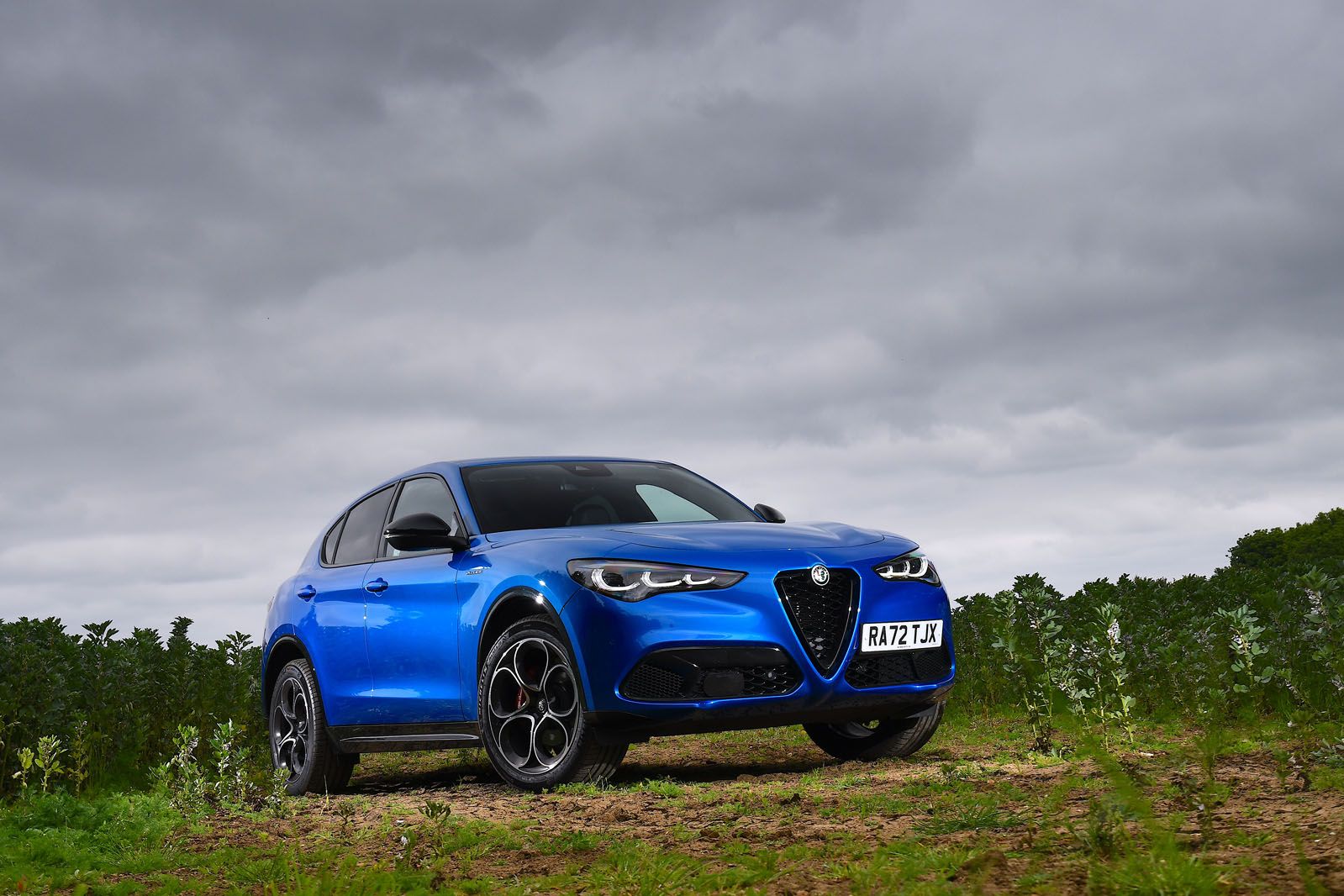History doesn’t need another reminder of the dashed revival hopes of Alfa Romeo – and yet, in the recently revised Alfa Romeo Stelvio SUV, perhaps we should cherish this one while we still can.
In the middle of the last decade, when Fiat Chrysler Automobiles was plotting the return of its premium automotive brand to a long-estranged North American market, billions of euros were spent on this car’s Giorgio platform, and bold plans drawn up for a line-up of models that were to be worth 150,000 sales annually in the US alone.
The Stelvio mid-sized SUV, launched as it was at the Los Angeles motor show in 2016, was supposed to be right at the heart of that plan – until it wasn’t. The firm’s ambitious growth strategy was scaled back, and while the car subsequently found plenty of homes among European buyers, it failed to take off across the pond.
Now, under the auspices of Stellantis, the death warrant for the car’s expensive model architecture has been signed, as development work continues into a replacement better suited to electrification. And so, as its new smaller Tonale sibling takes up the sales reins for Turin, six years young and with plenty still to give, the Stelvio could yet become another one-generation-only Alfa.
With its longer-term future unclear, however, it’s to the mid-life facelifted version we now turn. Will a new look, some fresh interior features, a ‘rationalised’ range of engines and trims, and a beefed-up standard equipment level ensure the continued commercial success needed for there to be a Stelvio Mk2?


